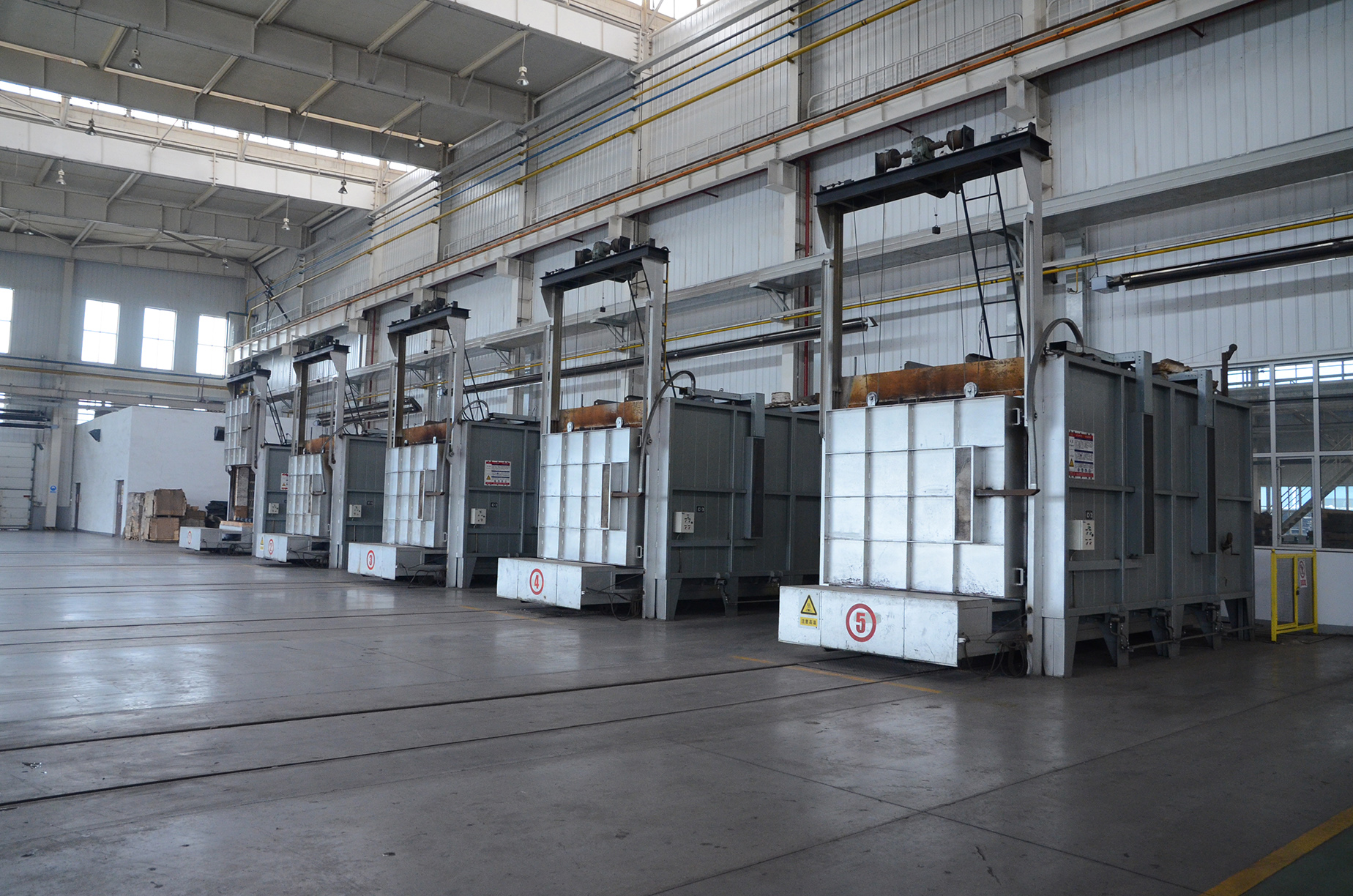- Afrikaans
- Albanian
- Amharic
- Arabic
- Armenian
- Azerbaijani
- Basque
- Belarusian
- Bengali
- Bosnian
- Bulgarian
- Catalan
- Cebuano
- China
- China (Taiwan)
- Corsican
- Croatian
- Czech
- Danish
- Dutch
- English
- Esperanto
- Estonian
- Finnish
- French
- Frisian
- Galician
- Georgian
- German
- Greek
- Gujarati
- Haitian Creole
- hausa
- hawaiian
- Hebrew
- Hindi
- Miao
- Hungarian
- Icelandic
- igbo
- Indonesian
- irish
- Italian
- Japanese
- Javanese
- Kannada
- kazakh
- Khmer
- Rwandese
- Korean
- Kurdish
- Kyrgyz
- Lao
- Latin
- Latvian
- Lithuanian
- Luxembourgish
- Macedonian
- Malgashi
- Malay
- Malayalam
- Maltese
- Maori
- Marathi
- Mongolian
- Myanmar
- Nepali
- Norwegian
- Norwegian
- Occitan
- Pashto
- Persian
- Polish
- Portuguese
- Punjabi
- Romanian
- Russian
- Samoan
- Scottish Gaelic
- Serbian
- Sesotho
- Shona
- Sindhi
- Sinhala
- Slovak
- Slovenian
- Somali
- Spanish
- Sundanese
- Swahili
- Swedish
- Tagalog
- Tajik
- Tamil
- Tatar
- Telugu
- Thai
- Turkish
- Turkmen
- Ukrainian
- Urdu
- Uighur
- Uzbek
- Vietnamese
- Welsh
- Bantu
- Yiddish
- Yoruba
- Zulu
Medi . 08, 2024 23:48 Back to list
single pass crossflow heat exchanger
Understanding Single Pass Crossflow Heat Exchangers
Single pass crossflow heat exchangers are efficient thermal devices widely used in various industrial applications, ranging from HVAC systems to chemical processing. These heat exchangers are characterized by their unique design, where one fluid flows perpendicular to another. This configuration allows for effective heat transfer between the two fluids while minimizing pressure drop and enhancing performance.
Design and Operation
The fundamental principle behind a single pass crossflow heat exchanger involves the movement of two fluids—usually a hot fluid and a cold fluid—across a series of surfaces. In this setup, one fluid moves in a single pass through the exchanger, while the other fluid flows perpendicular to it. This design is advantageous because it enables a large surface area for heat exchange while keeping the system relatively compact.
In operation, the hot fluid enters the heat exchanger, transferring heat to the surfaces through conduction. The cold fluid, entering at a different temperature, absorbs this heat as it flows in the opposite direction. The crossflow configuration allows for a relatively uniform temperature gradient along the length of the heat exchanger, optimizing thermal efficiency.
Advantages of Single Pass Crossflow Heat Exchangers
One of the primary advantages of single pass crossflow heat exchangers is their ability to handle large volume changes between the two fluids. This feature makes them ideal for applications where the flow rates of the fluids can vary significantly. Additionally, the single pass design minimizes the likelihood of fouling, which is the accumulation of unwanted material on the heat transfer surfaces. This reduced fouling leads to lower maintenance requirements and longer operational lifespans.
single pass crossflow heat exchanger

Another benefit is the efficient use of space. Single pass crossflow heat exchangers can be designed to fit into confined spaces while still providing effective heat transfer capabilities. Consequently, they are widely used in situations where space is limited, such as in automotive applications and compact industrial processes.
Applications
The versatility of single pass crossflow heat exchangers allows them to be utilized across various sectors. In the HVAC industry, they are often used to regulate temperatures in residential and commercial buildings, providing comfort without excessive energy consumption. Similarly, in chemical processing, they play a critical role in controlling reaction temperatures, ensuring product quality, and maximizing yields.
In power generation, these heat exchangers are crucial for condenser applications, where steam is cooled and converted back into water for reuse in the system. Their ability to handle high temperatures and pressures makes them suitable for such demanding environments.
Conclusion
In summary, single pass crossflow heat exchangers are an integral part of many industrial processes due to their unique design and efficient heat transfer capabilities. Their operational efficiency, reduced fouling potential, and compact size make them ideal for a variety of applications in today’s energy-conscious world. As industries continue to prioritize efficiency and sustainability, the importance of effective heat exchangers like the single pass crossflow design will undoubtedly grow.
-
Premium Cast Iron Water Main Pipe: Durable, Corrosion-Resistant
NewsAug.03,2025
-
Durable Cast Iron Water Mains | AI-Optimized Systems
NewsAug.02,2025
-
High-Efficiency Propane Boiler for Baseboard Heat | Save Energy
NewsAug.01,2025
-
Premium Source Suppliers for Various Gray Iron Castings
NewsJul.31,2025
-
Durable Cast Iron Water Main Pipes | Long-Lasting
NewsJul.31,2025
-
High-Quality Cast Iron Water Main Pipe for Durable Infrastructure
NewsJul.30,2025


